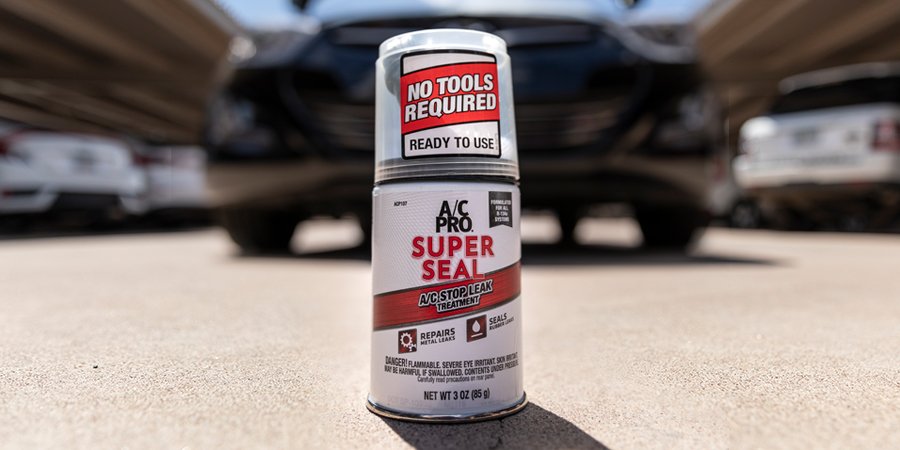Things about Recharge Coolant Cars Over 75,000 Miles
If the low and high pressure indicators look reduced, the system is low and needs recharging. But before any refrigerant is added, check in which the refrigerant is currently moving to find out.
Newer vehicles have seals and barrier style hoses so typically leak under a couple tenths of an ounce of refrigerant per year. But so any loss of refrigerant may have more of an effect on performance that is heating system capabilities also tend to be smaller on newer vehicles.

Leak repairs require replacing seals O-rings or hoses. But in the event the evaporator or condenser are leaking, repairs can be costly. Connecting a gauge set to the low and high pressure service matching on the system best does POOR COOLING PERFORMANCE. Though inferior cooling is often because of a minimal charge of refrigerant, it can also be brought on by many other variables (see chart above).
On an 80 degree day, the LOW judge must read about 56 psi or higher if the A/C system includes an adequate charge of refrigerant. On a 90 degree day, the LOW side studying should be greater or approximately 70 psi. The A/C system probably needs some extra refrigerant, if the gauge reading is less than that.

9 Simple Techniques For Recharge Coolant Cars Over 75,000 Miles
Most newer passenger car A/C systems don't hold much refrigerant (14 to 28 ounce ) You don't need to include. AIR CONDITIONER PROBLEM: INTERMITTENT COOLING An A/C system which blows cold air for awhile then warm atmosphere is likely freezing up. This can be brought about by air and have a peek at these guys moisture from the system that enables ice to form and prevent the tube.

Air can get inside a system through leaks, by not distributing the machine prior to recharging it, and/or by recharging the system with refrigerant that is contaminated with air. Recovery equipment can suck air if the system has a flow or in air is contained by an A/C system.
On some gear, this is done automatically. However, on gear that lacks an automated purge cycle, tank pressure and temperature has to be quantified and compared to some static strain Continue reference graph. Some refrigerant identifier gear can find air . An identifier should be used to confirm the refrigerant prior to the system is serviced to stop cross-contamination of recovery and recycling equipment.
This change prevents the compressor from working if the refrigerant level is reduced. It can stop the compressor from coming on, if the cutout change is not reading properly. Faulty compressor clutch. Battery voltage is required by the clutch on the compressor. In case the voltage to the clutch is low, or the clutch coils have too much resistance, or even the air gap at the clutch is really good, the clutch might not engage to drive the compressor.
The Best Strategy To Use For Recharge Coolant Cars Over 75,000 Miles
Check to determine if the relay is receiving voltage once the A/C is turned on. Assess ground links and the wiring. The relay is bad When bypassing the cable or routing battery voltage directly gets the A/C work. Switch is controlled by faulty A/C.
Some possible causes of intermittent cooling (or even any cooling) on automatic A/C methods include all of the above, also:A difficulty from the management module or controller head (this generally requires using a dealer scanning instrument to read fault codes and execute self-diagnostics). A awful temperature detector (a ambient air temperature detector, inside air temperature sensor, evaporator temperature detector, or sunload sensor).
